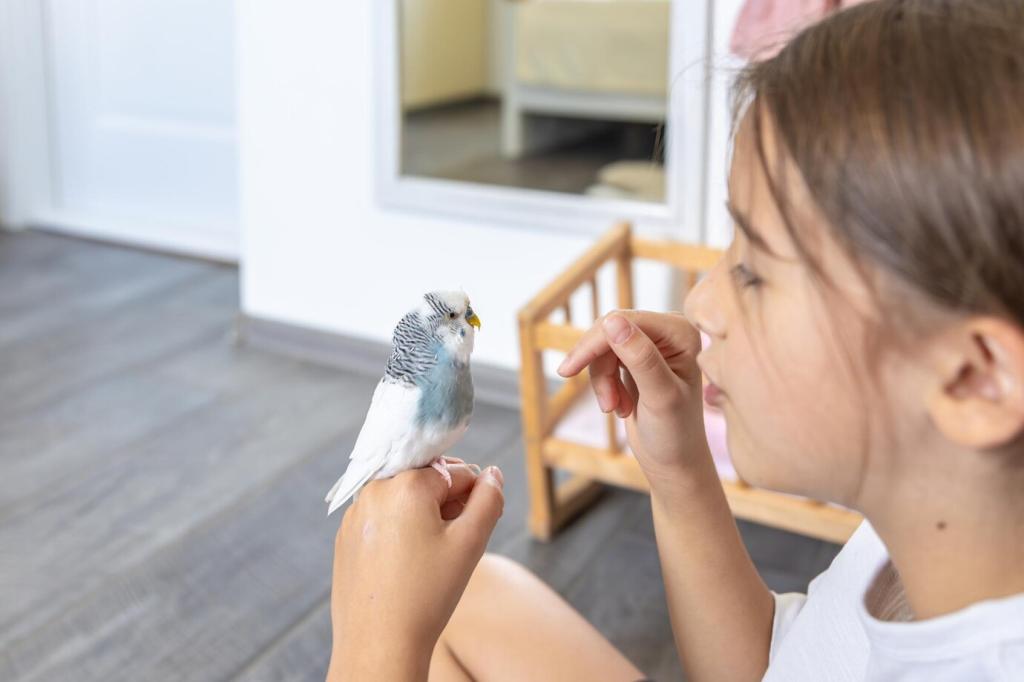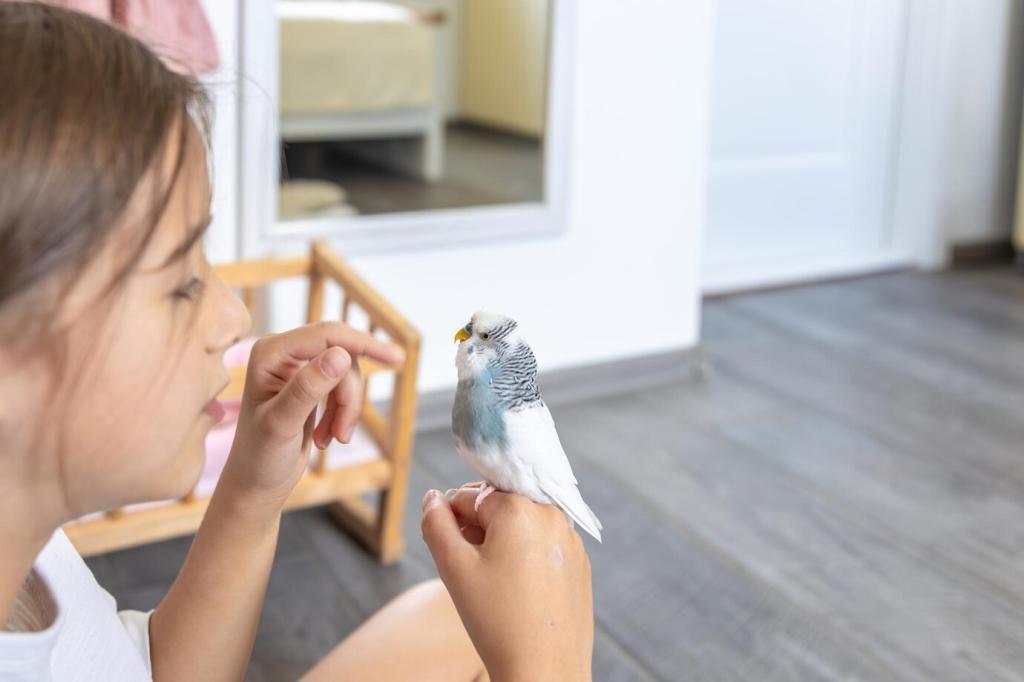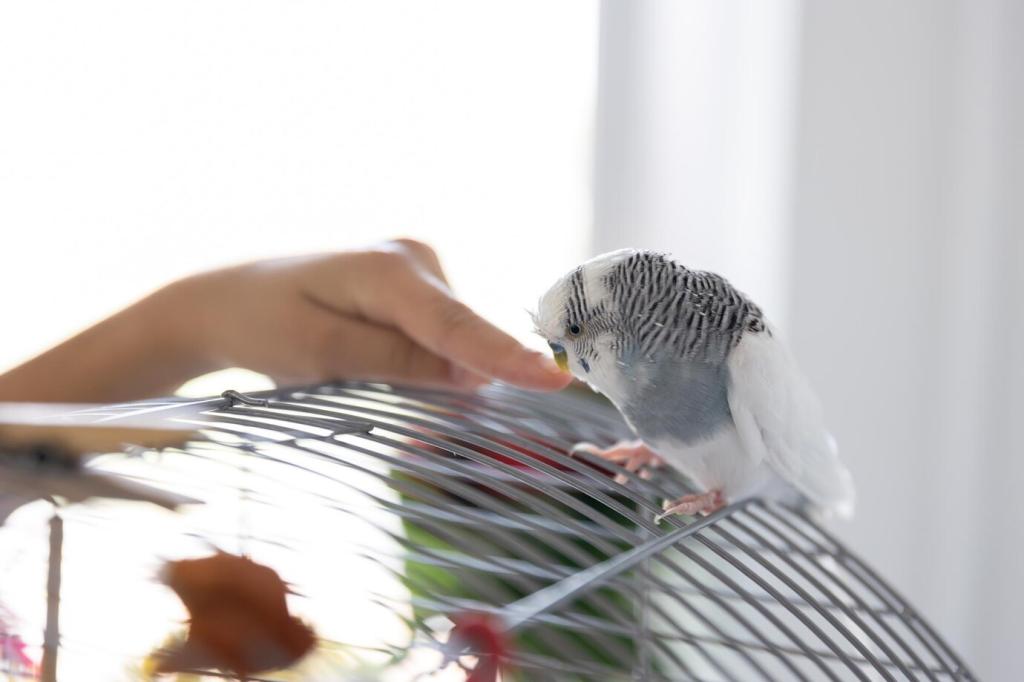Stories from the Field: Binocular Moments That Changed Everything
On a blustery ridge, steady elbows and a gentle diopter tweak revealed a tiny eye ring on a restless warbler. That detail clinched the identification. Share the subtle mark your binoculars uncovered when weather tried to hide it behind leaves, shadows, and swaying branches.
Stories from the Field: Binocular Moments That Changed Everything
From an office plaza, a distant speck became a falcon slicing through pigeons once the focus wheel found that razor-edged silhouette. Urban birdwatching thrives with quick binocular readiness. What unexpected city moment did your optics transform into a thrilling, unforgettable encounter between meetings?





